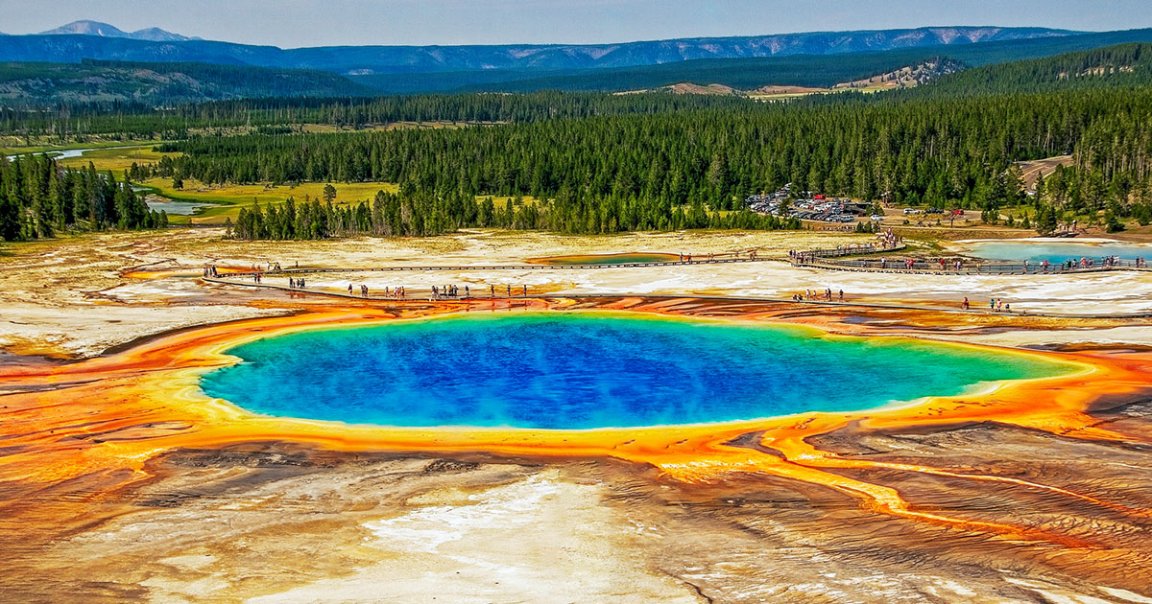
Smoking Lids
Researchers have found evidence that a giant “lid” made of magma could be stopping the supervolcano in Yellowstone National Park from erupting.
As detailed in a paper published in the journal Nature last month, a team of researchers discovered a “volatile-rich cap” a mere 2.36 miles below the surface, trapping pressure and heat below it.
In fact, the researchers believe the obstruction may be what’s preventing the volcanic system from erupting — a blast that’s happened several times previously in the history of our planet, and which could have devastating consequences for civilization if it happened again.
“For decades, we’ve known there’s magma beneath Yellowstone, but the exact depth and structure of its upper boundary has been a big question,” said team colead and Rice University professor of earth, environmental, and planetary sciences Brandon Schmandt in a statement. “What we’ve found is that this reservoir hasn’t shut down — it’s been sitting there for a couple million years, but it’s still dynamic.”
Steady Breathing
To create a map of the subsurface in the area, Schmandt and his colleagues deployed a “vibroseis” truck, a massive vehicle that’s conventionally used for oil and gas exploration and which generates tiny quakes by shooting seismic waves into the ground.
The data revealed a sharp boundary at just over two miles below the surface, indicating significant irregularities at the top of the magma reservoir lurking below Yellowstone’s volcanic system.
“Seeing such a strong reflector at that depth was a surprise,” said Schmandt. “It tells us that something physically distinct is happening there — likely a buildup of partially molten rock interspersed with gas bubbles.”
Through computer simulations, the team found that most gases, like steam and carbon dioxide, were being trapped, with something stopping them from explosively bubbling to the surface by allowing them to trickle out instead.
“Although we detected a volatile-rich layer, its bubble and melt contents are below the levels typically associated with imminent eruption,” Schmandt explained. “Instead, it looks like the system is efficiently venting gas through cracks and channels between mineral crystals, which makes sense to me given Yellowstone’s abundant hydrothermal features emitting magmatic gases.”
The team is hoping their research could lead to new ways to monitor for volcanic activity, potentially allowing scientists to get an earlier warning sign of an imminent eruption.
“Being able to image what’s happening underground is important for everything from geothermal energy to storing carbon dioxide,” said Schmandt in the statement.
More on volcanoes: Scientists Say They’ve Figured Out What Turned the Sun Blue